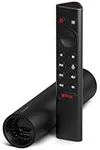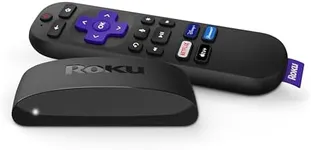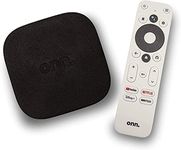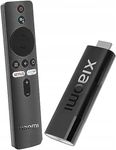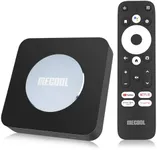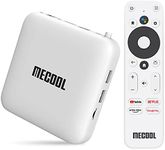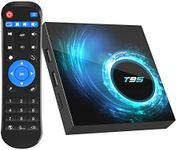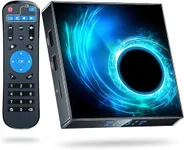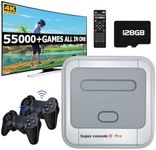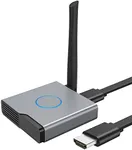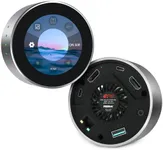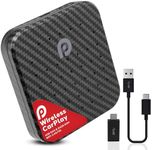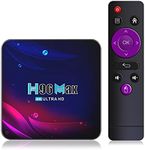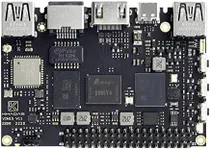Buying Guide for the Best Android TV Boxes
Choosing the right Android TV box can significantly enhance your home entertainment experience. These devices allow you to stream content, play games, and even browse the internet on your TV. To make an informed decision, it's important to understand the key specifications and how they align with your needs. Here are the main specs to consider when selecting an Android TV box.Processor (CPU)The processor, or CPU, is the brain of the Android TV box. It determines how fast and efficiently the device can perform tasks. A more powerful CPU will provide smoother performance, especially when streaming high-definition content or running multiple apps simultaneously. CPUs are often categorized by the number of cores they have: dual-core, quad-core, and octa-core. For basic streaming and casual use, a quad-core processor is usually sufficient. However, if you plan to use the device for gaming or running demanding applications, an octa-core processor would be a better choice.
RAMRAM (Random Access Memory) is crucial for multitasking and overall performance. It allows the device to handle multiple applications at once without slowing down. Android TV boxes typically come with 2GB, 4GB, or 8GB of RAM. For basic streaming and light usage, 2GB of RAM may be adequate. If you plan to use the device for more intensive tasks like gaming or running multiple apps, 4GB or more is recommended to ensure smooth performance.
StorageStorage capacity determines how much content and how many apps you can store on your Android TV box. Common storage options range from 8GB to 64GB. If you primarily stream content and don't download many apps, 8GB or 16GB should be sufficient. However, if you plan to download a lot of apps, games, or store media files locally, opting for 32GB or 64GB would be more appropriate. Additionally, check if the device supports expandable storage via microSD cards or USB drives for added flexibility.
Operating System (OS)The operating system is the software that runs on the Android TV box. Most devices come with a version of Android TV, which is optimized for use on televisions. It's important to choose a device with a recent version of the OS to ensure compatibility with the latest apps and features. Android TV versions are updated periodically, so look for a device that either comes with the latest version or can be easily updated. This will help you get the most out of your device and ensure it remains functional for a longer period.
ConnectivityConnectivity options determine how you can connect your Android TV box to other devices and the internet. Key connectivity features include Wi-Fi, Ethernet, Bluetooth, and USB ports. Wi-Fi is essential for wireless internet access, while an Ethernet port provides a more stable wired connection. Bluetooth allows you to connect peripherals like keyboards, mice, and game controllers. USB ports are useful for connecting external storage devices or other accessories. Consider your setup and how you plan to use the device to determine which connectivity options are most important for you.
Video and Audio OutputThe quality of video and audio output is crucial for an immersive viewing experience. Look for an Android TV box that supports at least 1080p resolution, though 4K support is preferable if you have a compatible TV. HDR (High Dynamic Range) support is also a plus, as it enhances the color and contrast of the video. For audio, check if the device supports surround sound formats like Dolby Digital or DTS. This is especially important if you have a home theater setup and want to enjoy high-quality sound.
Remote Control and User InterfaceThe remote control and user interface greatly affect the ease of use of your Android TV box. A well-designed remote with intuitive buttons and voice control can make navigating the device much simpler. Some remotes also come with dedicated buttons for popular streaming services. The user interface should be clean and easy to navigate, allowing you to quickly find and launch apps. Consider devices that offer a user-friendly experience, especially if you are not very tech-savvy.
